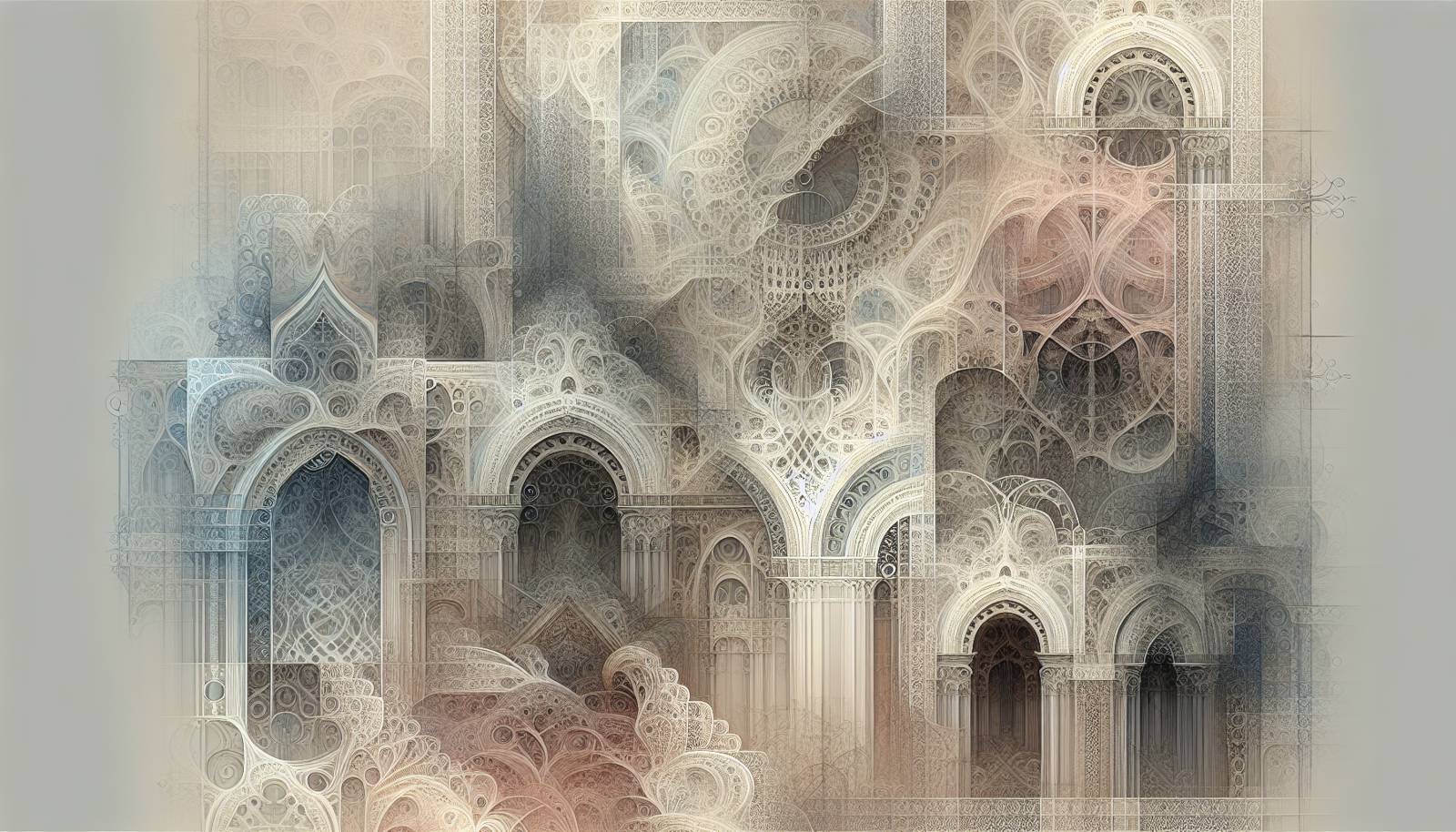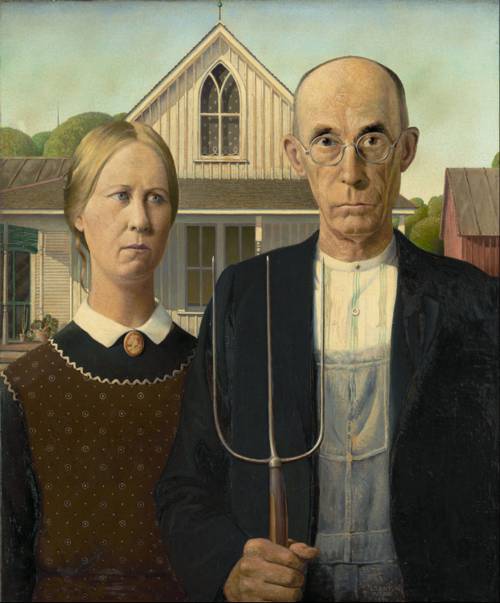
FAQ About The Influence of Victorian Literature on Modern Gothic Novels

What are the key themes of Victorian literature that have influenced modern Gothic novels?
Victorian literature often explored themes such as social class disparity, the conflict between science and religion, the supernatural, madness, and the role of women in society. These themes have become staples in modern Gothic novels, providing depth and complexity to their narratives. For instance, the exploration of the supernatural in Victorian works like Mary Shelley's Frankenstein laid the groundwork for the eerie and mysterious occurrences often found in today's Gothic fiction.

How do Victorian Gothic settings influence modern Gothic novels?
Victorian Gothic settings, characterized by dark, decaying, and mysterious environments, serve as a fundamental influence on modern Gothic novels. Classic settings such as haunted mansions, foggy moors, and labyrinthine castles provide a backdrop that evokes suspense and terror. Contemporary Gothic novels often replicate or adapt these settings to enhance the atmospheric tension and mood of their narratives.

Which Victorian authors are most influential in shaping modern Gothic literature?
Authors like Mary Shelley, Bram Stoker, and Emily Brontë have significantly influenced modern Gothic literature. Shelley's Frankenstein, Stoker's Dracula, and Brontë's Wuthering Heights introduced themes of the supernatural, psychological depth, and eerie settings that continue to inspire contemporary authors in the Gothic genre.

Can you give an example of a modern Gothic novel influenced by Victorian literature?
The Thirteenth Tale by Diane Setterfield is a modern Gothic novel heavily influenced by Victorian literature. The narrative structure, intricate plot, and use of unreliable narrators echo the complexities found in Victorian Gothic fiction, while also drawing upon themes like family secrets and identity that were prevalent in 19th-century narratives.

How has the portrayal of women in Victorian literature influenced modern Gothic novels?
Victorian literature often depicted women in constrained and oppressive roles, which has influenced modern Gothic novels to challenge and explore these limitations. Contemporary Gothic works frequently feature strong female protagonists who confront societal expectations and gender norms, often using the Gothic setting to explore themes of feminism and empowerment.

What role does the supernatural play in connecting Victorian and modern Gothic literature?
The supernatural is a central element in both Victorian and modern Gothic literature. Victorian novels used supernatural elements to explore unexplainable phenomena and the boundaries of human understanding. Modern Gothic literature continues this tradition, using supernatural occurrences to delve into themes of fear, the unknown, and the psychological states of characters.

How are science and technology treated in Victorian versus modern Gothic novels?
In Victorian Gothic literature, science and technology were often viewed with skepticism and fear, as seen in works like Frankenstein. These themes continue in modern Gothic novels, where scientific advancements are sometimes depicted as sources of danger or ethical dilemmas, reflecting contemporary anxieties about technology's impact on society.

Are there any notable differences between Victorian and modern Gothic literature?
While both Victorian and modern Gothic literature share common themes and motifs, there are differences in focus and style. Victorian Gothic works often centered on the tension between reason and the supernatural, while modern Gothic literature frequently explores psychological horror, internal conflicts, and contemporary social issues. Additionally, modern Gothic novels may incorporate more diverse settings and characters.

How has the theme of madness evolved from Victorian to modern Gothic literature?
In Victorian Gothic literature, madness was often portrayed as an external and mysterious force, sometimes associated with gothic villains or supernatural events. In modern Gothic novels, madness is more commonly explored as a psychological phenomenon, focusing on character development and internal struggles, sometimes blurring the line between sanity and insanity.

What impact did the Victorian fascination with death have on modern Gothic narratives?
The Victorian era's fascination with death, mourning, and the afterlife significantly impacts modern Gothic narratives. This period's macabre interest in mortality is reflected in the genre's exploration of death and its consequences, often manifesting in ghost stories, haunted settings, and characters dealing with grief or the undead.

How do modern Gothic novels adapt Victorian themes for a contemporary audience?
Modern Gothic novels adapt Victorian themes by contextualizing them within present-day scenarios. Authors often retain the eerie atmosphere and thematic depth of Victorian works while addressing modern societal issues such as gender equality, mental health, and technological impacts. This approach makes the genre relatable to contemporary readers while maintaining its traditional allure.

What influence did Victorian era Gothic architecture have on modern Gothic novels?
Victorian Gothic architecture, known for its intricate and ornate designs, inspires the settings of modern Gothic novels. These architectural elements create atmospheric tension and serve as symbolic representations of themes like isolation and decay. Many contemporary authors use Victorian-style architecture to evoke a sense of history, mystery, and otherworldliness in their works.

How did the social concerns of the Victorian era shape modern Gothic literature?
The social concerns of the Victorian era, such as industrialization, class conflict, and imperialism, deeply influenced modern Gothic literature. These issues are often explored in contemporary novels through allegorical themes and settings, reflecting ongoing societal challenges and critiques of power structures.

Why do modern Gothic novels still use Victorian motifs?
Modern Gothic novels continue to use Victorian motifs because they provide rich, atmospheric elements that enhance storytelling. The motifs of haunted houses, dark secrets, and mysterious figures remain effective devices for exploring human fears and societal issues. These elements also connect current literature to a long-standing tradition, preserving the Gothic genre’s historical depth.

What is the relationship between Victorian morality and modern Gothic narratives?
Victorian morality, often marked by strict social codes and repressed desires, is a prevalent theme in modern Gothic narratives. Contemporary authors explore these repressive moral structures to highlight the tensions between public personas and private lives, often leading to dramatic conflicts and psychological exploration within their novels.

How do modern Gothic films draw from Victorian literature?
Modern Gothic films draw heavily from Victorian literature by incorporating its thematic elements, such as the supernatural and psychological tension, and its iconic settings like eerie mansions and desolate landscapes. Filmmakers often adapt these elements to enhance the visual and emotional impact of their narratives, making Victorian influences visible in both plot and aesthetic.

Is there a resurgence of interest in Victorian Gothic themes in modern media?
Yes, there is a notable resurgence of interest in Victorian Gothic themes across modern media, including literature, film, and television. This resurgence is fueled by a fascination with the mysterious and macabre, as well as a desire to explore complex social and psychological issues through a historically rich lens.

How do modern Gothic television series incorporate Victorian influences?
Modern Gothic television series often incorporate Victorian influences by utilizing atmospheric settings, intricate character development, and suspenseful storytelling. Shows like Penny Dreadful and The Haunting of Hill House borrow from Victorian-era narratives and aesthetics, weaving them into contemporary plots that resonate with today's audiences.

What role does symbolism play in connecting Victorian and modern Gothic literature?
Symbolism plays a crucial role in connecting Victorian and modern Gothic literature by providing layers of meaning that enhance thematic depth. Symbols like darkness, the moon, and decaying buildings convey themes of mystery, fear, and transformation, linking the two eras through shared imagery and allegorical significance.

How do modern Gothic novels confront contemporary issues through a Victorian lens?
Modern Gothic novels confront contemporary issues by adapting Victorian themes and settings to modern contexts. Authors often explore issues such as mental illness, gender identity, and societal decay through the Gothic mode, using its atmospheric and emotional depth to provide commentary while maintaining the genre's traditional elements.
